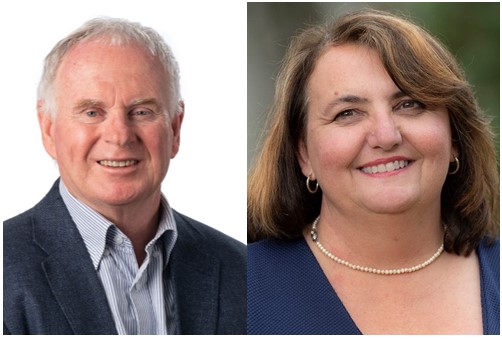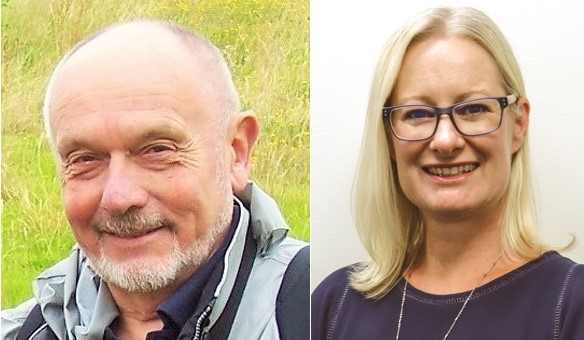Topic 1 – Quality and People


Maree Stuart &
Paul Mara
MAS Management Systems & Quality Practice Accreditation
Putting People First in an Accreditation Standard for Healthcare

Jessen Yeoh
P Excel Advisory Pty Ltd
Apply ISO 9001 Quality Management Principles in managing people quality
Topic 2 – Quality and Process

Ian Cowan
Australian Federal Police
Investigating the SERVQUAL Model as a tool to measure Forensic service quality and customer satisfaction in organisations with a limited client base

Christina Briggs
Sydney Trains
On track to excellence: Enhancing train maintenance quality with In-Process Inspections

Jim Whiting
Soteris; Risk at Workplaces
Quality 5.0’s human-centred approach needs the Hierarchy of Risk Controls HoRC

Michael McLean
McLean Management Consultants
What to “Keep Change Create” to align People, Performance to Process and Purpose with Integrity
Topic 3 – Quality and Performance



Erica Smith
ISO Certification Experts
Future-proofing ISO 9001 by educating organisations on the practical business benefits of Quality


Richard Jenkins
AECOM
Synergising Quality 5.0 and Integrated Management Systems: Revolutionising Excellence in the Digital Age


Jacqueline Stone
Aurecon
Synergising Quality 5.0 and Integrated Management Systems: Revolutionising Excellence in the Digital Age


Louise Edgley
Aurecon
Synergising Quality 5.0 and Integrated Management Systems: Revolutionising Excellence in the Digital Age
Topic 4 – Quality and Integrity

Craig Ottaway
Juran Medallist; AOQ Life Member
Collaborative Contracting & Business relationship – Challenging a new frontier

Darryl Yaniuk
Quality Management Systems Consultant; casual lecturer – University of Woolongong
What’s STILL going wrong with ISO 9001?
Topic 5 – Quality and Technology

Abhik Banerjee
Swinburne University of Technology
Achieving net zero via digital quality thread across the manufacturing value chain

Vikram Sachdeva
Swinburne University of Technology
Achieving net zero via digital quality thread across the manufacturing value chain

